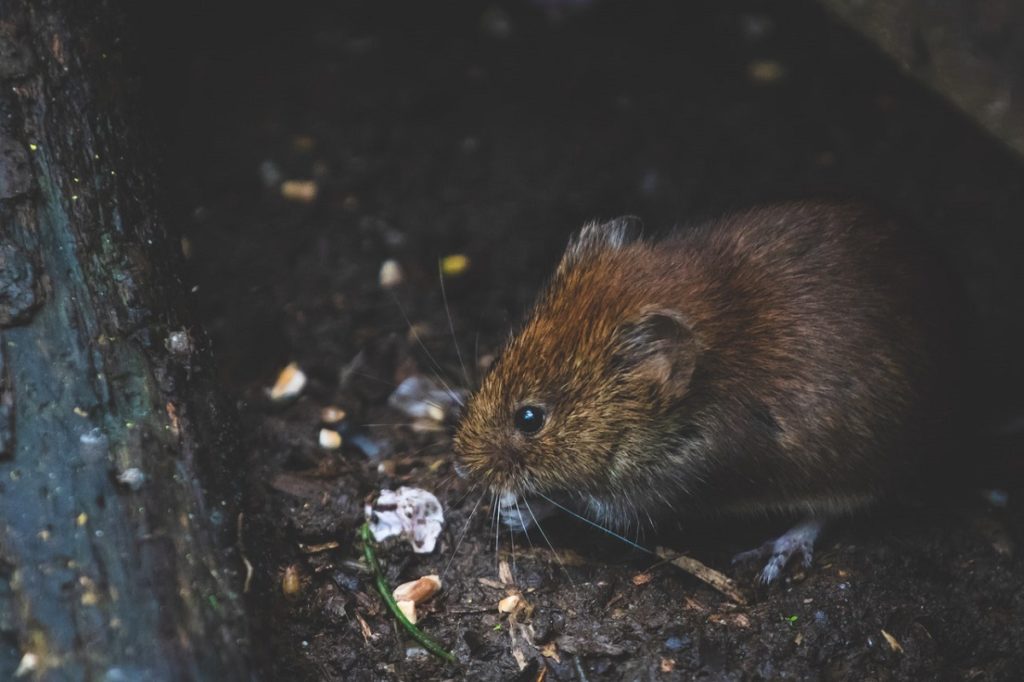Rats—these furry creatures, unfortunately, fail to acquire the same level of human affection as other rodents like gerbils, hamsters, and guinea pigs. Instead, many consider them as vermin. These are animals that can be harmful not only to crops but also the human health.
Having the ability to carry disease is one of the reasons homeowners and commercial buildings need to call on pest control when they have rat infestations. These animals are agile and can conceal themselves away from humans well. They can also reproduce fast. Only professionals will know how to find their source and get rid of them in groups.
When it comes to disease, rats can be vectors of pathogens that can cause rabies, leptospirosis, salmonella, and lymphocytic choriomeningitis (LCMV), affecting the membranes of the brain.
Many people also believe that these animals can also carry the bacteria that lead to bubonic plague. Is this assumption, though, correct?
The Plague That Killed Millions
The world has experienced many pandemics over the centuries. Still, probably one of the most memorable and gruesome is the bubonic plague that devastated most of Europe, killing as many as 20 million people on the continent.
The plague, also known as Black Death, was rumored to have begun in Asia around 2,000 years ago. However, it reached the shores of Messina, Italy, in the 1300s when various continents began trading.
Around this time, about 10 ships that had crossed the Back Sea arrived in the Italian harbor city carrying not just goods but also lifeless merchants and crew whose bodies were covered with boils that oozed with pus.
The authorities wanted to have the ships removed immediately. However, considering that hundreds of the residents congregated and probably had touched some of the bodies, the infection had found its way into the city. Worse, history says that onboard ships were also rats, which helped spread the disease.
What Caused the Black Plague?
It turns out that the severe condition was because of a bacterium known as Yersinia pestis. This pathogen could actually travel among humans by air, but it could also infect fleas, which would then feed on the blood of other animals like rodents.
As the rodents looked for food sources, they found themselves on agricultural lands, markets, homes, and many other places where humans were. The fleas that the animal carried eventually bit humans, passing on the bacterium.
The bacterium then wreaked havoc on the body’s lymphatic system, causing the lymph nodes to swell. This explains why boils will normally appear on people with the plague.
When left untreated, the bacterium will eventually multiply and damage vital organs like the lungs. Its presence may also increase the risk of sepsis, a life-threatening complication wherein the body damages the tissues as it fights the infection.
But Are the Rats to Blame for the Black Death?
The Black Death in Europe lasted for five years, wiping out about 30 percent of its population. In the United States, the plague still exists, although it is already extremely rare. Usually, people develop it in the country after traveling from a place where the illness remains prevalent.
Because of the tragic outcome of the plague, many are pointing their fingers at the rats for carrying the disease. However, new studies suggest that they may not be the source of the problem, at least during the medieval period.
In a 2017 European research published in the Proceedings of the National Academy of Sciences of the United States of America (PNAS), the team posited that it might have been impossible for rats to have caused the Black Death because:
- The disease spread a lot faster in Europe than rodents could have achieved.
- There were no reported rat falls or deaths of groups of rats not due to injury or chemicals. Usually, rat falls occur before a plague or outbreak. This way, the fleas carrying the disease will leave the corpse and then move on to humans.
Instead, based on their mathematical models, the reason might be humans themselves. In particular, the pathogen might have found an opportunity to spread by infecting human parasites like lice. The lack of proper hygiene, the intermingling, and the traveling might have allowed these tiny animals to move from one place to another.
Now, this new information doesn’t mean that rats are safe. They are still the primary vectors for the same plague that hit Madagascar in 2017. But even if they didn’t cause any of these, studies have already confirmed they can carry others like rabies. For the safety of all, they will still need to be removed from the premises as soon as possible.




